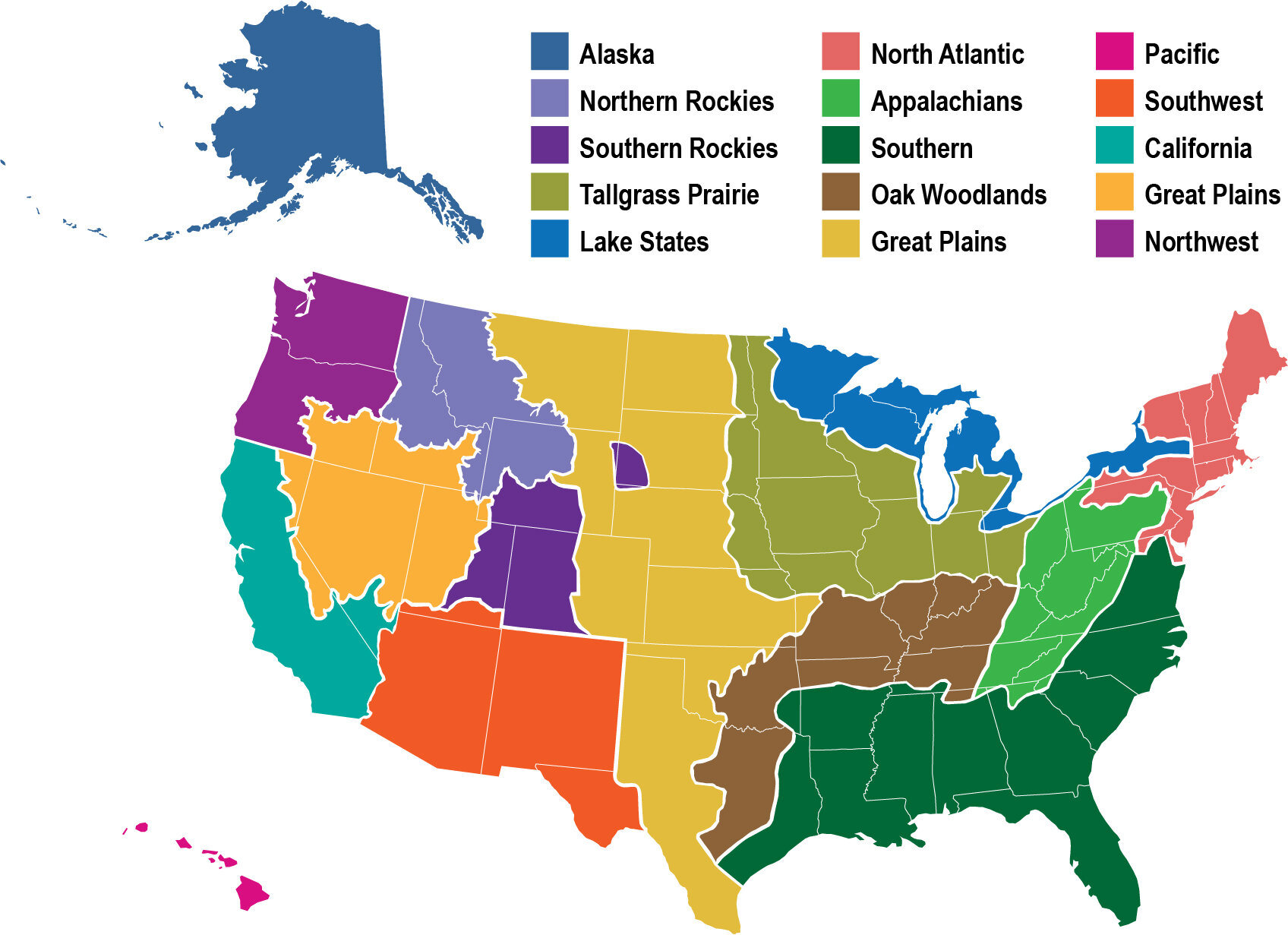Synthesizing Best-Management Practices for Desert Tortoise Habitats: Research Brief
/In a collaborative project funded by the non-profit Desert Tortoise Council with Natural Resource Conservation LLC, the authors synthesized published literature and practitioner’s experiences to develop best-management practices for habitats of desert tortoises.
Read More




















